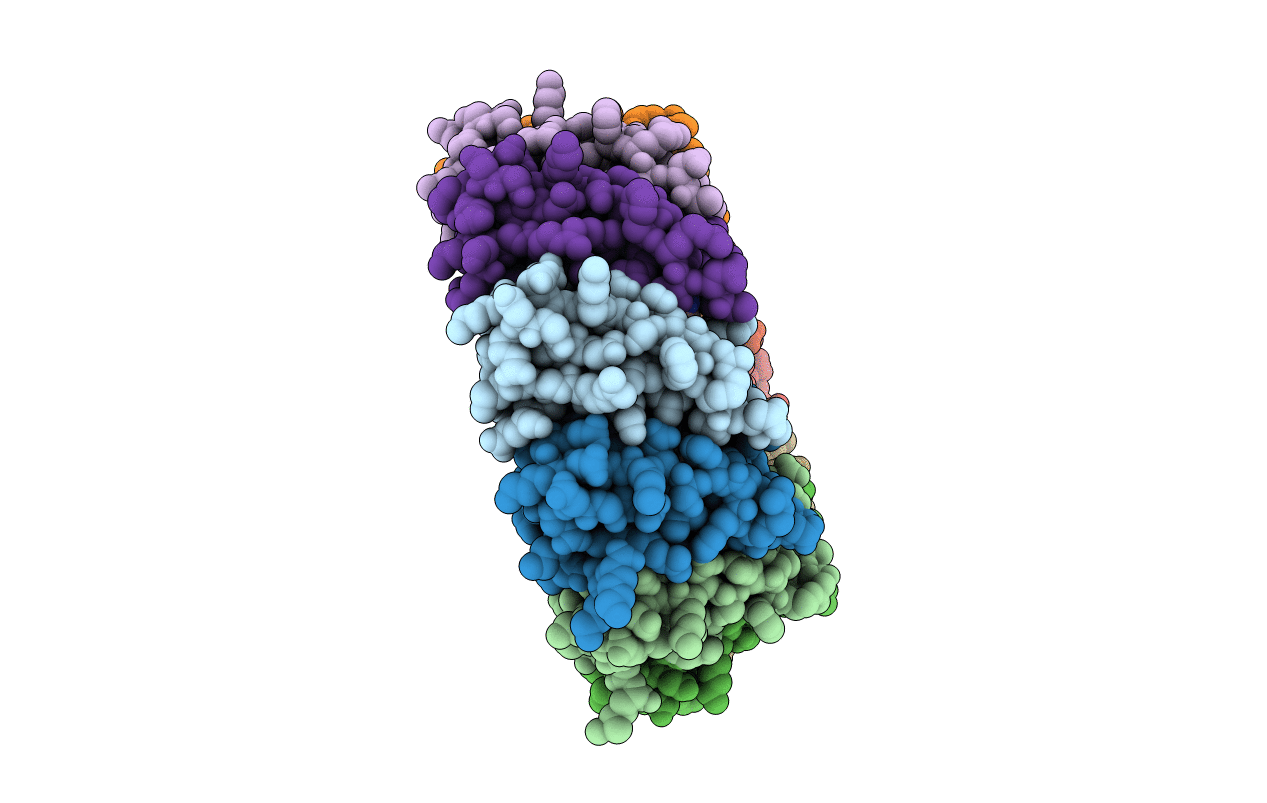
Deposition Date
1999-03-31
Release Date
1999-04-16
Last Version Date
2024-02-14
Entry Detail
PDB ID:
1QAW
Keywords:
Title:
Regulatory Features of the TRP Operon and the Crystal Structure of the TRP RNA-Binding Attenuation Protein from Bacillus Stearothermophilus.
Biological Source:
Source Organism:
Geobacillus stearothermophilus (Taxon ID: 1422)
Method Details:
Experimental Method:
Resolution:
2.50 Å
R-Value Free:
0.29
R-Value Work:
0.21
Space Group:
P 21 21 21


